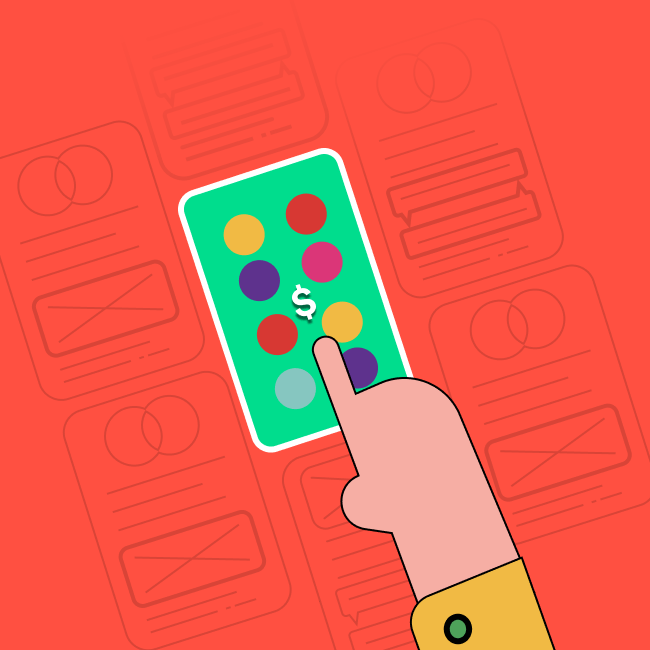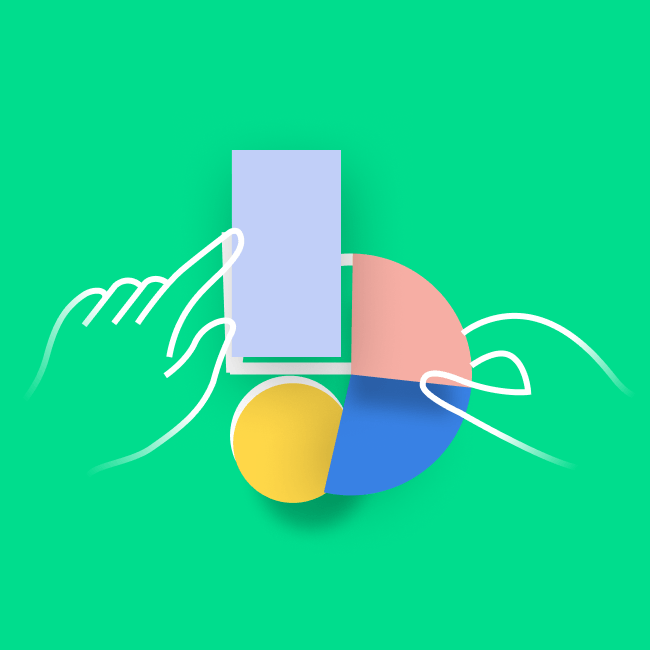How to measure ROIs with UX, and how organizations are struggling with it
February 14, 2021 | Read Time : 3 mins
Table of Contents
Researching and implementing UX design will bring good business, but success to every business is when you can measure the returns from investments, even if it’s from design.
UX planet writes, ‘Knowing how to measure and present the return on investment (ROI) of UX activities is the key to successfully introducing user experience into enterprises. A global enterprise isn’t going to invest in UX because it’s on trend or the CEO’s mind. A global enterprise is only going to invest in UX if the figures add up.
How to measure ROI with UX:
Conversion rate
The website can calculate the conversion rate by seeing the impact of UX on the Key Performance Indicator (KPI). The conversion rate helps to see how many people visited the site and took action.
For example: When a user visits a video streaming site and watches a video as an action, but when she subscribes to a channel, that is conversion.
Drop-off rate
This metric helps websites understand when, where and why their users are leaving the site.
For example, if the users enter the site, and they are displayed with only an advertisement banner and not the actual service, the users might get annoyed and leave the site before completing a designated call to action.
Single Usability Metric
Dwell time and Drop-off will tell you where your users are taking action or not taking action. But to find out where the problem is, you need a deeper understanding of the UX metrics. One of the most effective ways of measuring errors is with the single usability metric (SUM). SUM is a standardized, summated, and single usability metric that measures task completion rates, task time, satisfaction, and error count. The SUM calculator takes the basic usability metrics on a task-by-task basis and converts them into a SUM score with confidence intervals. SUM will automatically calculate the maximum acceptable task time.
Why are Organisations struggling to measure ROI if UX?
Not researching on the right KPI
Key Performance Indicators are the metrics for any company/project which has to be achieved in a given period. Making KPIs ensure that the project goals are well communicated among the team. Researching and making KPI enables the success metric of a project and a process that needs to be followed. Return on investment is highly dependent on what your KPI’s are.
For example, if a website focuses more on getting people registering than completing a purchase, their business will suffer.
More Focus on Keywords than UX
The majority of the websites focuses on adding the right keywords instead of ensuring a good User Experience. The user is more concerned about reaching the desired goal than only seeing the exact keywords placed all over the website. One of the key metrics to achieve ROI is conversion, and that takes place when the UX is right, and the user is able to achieve their goal without any hurdles.
Easy Navigation
Simple and direct navigation through the website helps in achieving users their goals. All the KPIs can be placed between the navigation that enhances user experience and helps users explore more resources and options. Many organizations fail to do it, as they make navigation through the website more challenging by placing banners, ads or buttons that are unnecessary.
Profits that aren’t quantifiable
Since UX design provides some benefits that are intangible in nature and cannot be articulated in numbers, the return on investment might be difficult to evaluate. These advantages could range from design’s ability to engage, influence, and meet users’ requirements to its ability to clearly communicate a brand’s message, differentiate products, attract customers, and increase profitability.
Inconsistency in Values
It can be difficult to calculate exact values for key performance indicators because they change so much. Another typical issue is that some key performance indicators are difficult to articulate in precise terms or have values that can be expressed in a variety of units. To fix this problem, businesses will need to create their own ROI models and conduct some extra arithmetic to come up with a common denominator that can be stated in dollars.
Investing in user experience design is critical for businesses to remain ahead of technological changes and compete in the market
Non-designers and other stakeholders, on the other hand, may struggle to see the value of good UX design. As a result, calculating the impact of UX design in terms of ROI becomes critical for them to objectively see how it might assist them to reach their business goals.
Organizations may assess the worth of investing in design more efficiently and effectively by defining their own metrics for estimating the ROI of UX design.






